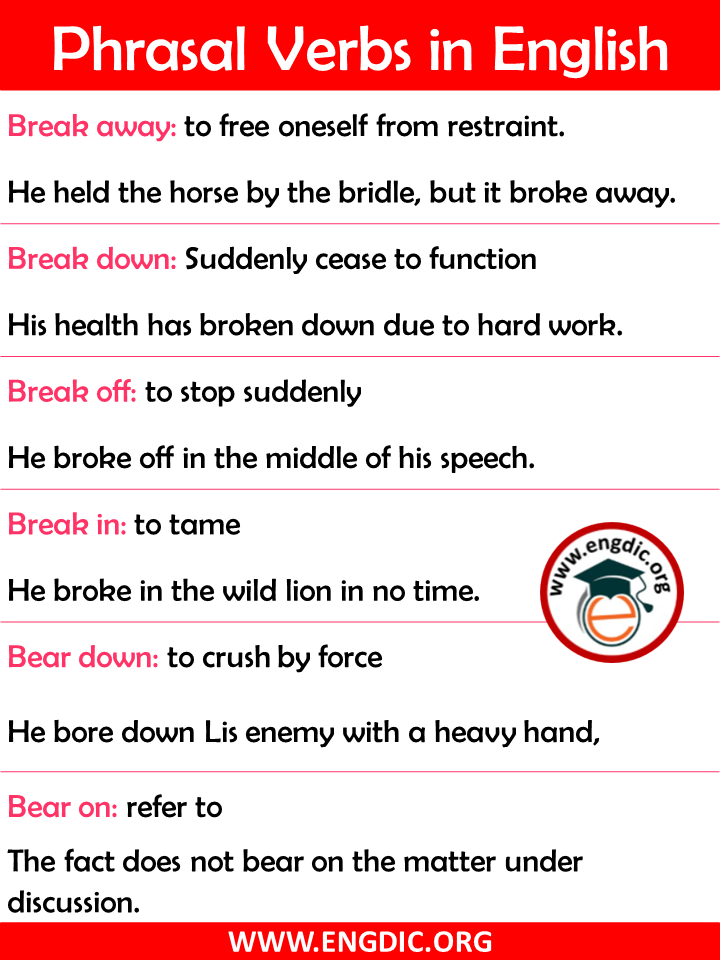
If they are transitive, they are separable. These verbs can be transitive or intransitive. – by is a preposition that introduces the prepositional phrase by your friend Verb + particle (particle verbs) When the element is a particle, it cannot (or no longer) be construed as a preposition, but rather is a particle because it does not take a complement. – for is a preposition that introduces the prepositional phrase for a linguist. – after is a preposition that introduces the prepositional phrase after her mother. – into is a preposition that introduces the prepositional phrase into an old friend. – on is a preposition that introduces the prepositional phrase on nobody. Who is looking after the kids? – after is a preposition that introduces the prepositional phrase after the kids. These phrasal verbs can also be thought of as transitive and non-separable the complement follows the phrasal verb. Verb + preposition (prepositional verbs) When the element is a preposition, it is the head of a full prepositional phrase and the phrasal verb is thus prepositional. The phrasal verb constructions in the following examples are in bold. There are at least three main types of phrasal verb constructions depending on whether the verb combines with a preposition, a particle, or both.

Phrasal verbs that include a preposition are known as prepositional verbs and phrasal verbs that include a particle are also known as particle verbs. In other words, the meaning is non- compositional and thus unpredictable. These semantic units cannot be understood based upon the meanings of the individual parts alone, but must be taken as a whole.


There are tens of thousands of them, and they are in everyday, constant use. In English traditional grammar, a phrasal verb is the combination of two or three words from different grammatical categories – a verb and a particle, such as an adverb or a preposition – to form a single semantic unit on a lexical or syntactic level.


 0 kommentar(er)
0 kommentar(er)
